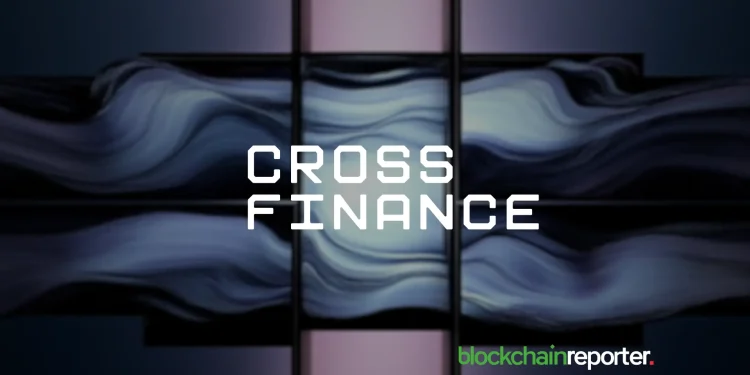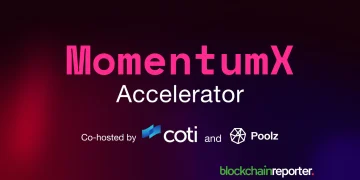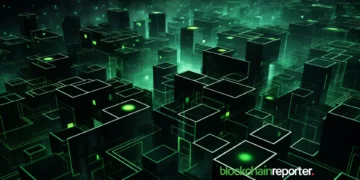CrossFi has officially launched the mainnet of the EVM-compliant blockchain that will pave the way for the creation of the Layer 1 decentralized payments network. The blockchain, intended for web3 purchases, offers firms a powerful platform to address regular payments. With this development, CrossFi enables companies to tap into a decentralized, non-custodial system to offer seamless crypto-payment solutions.
Mainnet Launch Follows Successful Testnet of CrossFi
The launch comes after CrossFi’s successful testnet program, which was carried out in collaboration with CoinList. This phase saw the creation of over one million active wallets. CrossFi has partnered with leading validators, such as Alchemy, to ensure the network is decentralized and optimized for performance.
CrossFi’s Layer 1 technology is highly scalable, potentially performing 10,000 transactions per second. The network also boasts PCI DSS certification, meeting stringent data security standards similar to major payment card providers.
Built using the Cosmos SDK and Tendermint, CrossFi’s blockchain architecture incorporates Ethereum Virtual Machine (EVM) compatibility. This feature allows Ethereum-native assets to be bridged to the CrossFi network, enhancing its ecosystem and enabling smoother transactions between blockchain networks.
CrossFi’s Governance and Ecosystem Expansion
CrossFi’s governance is powered by the Mint Power (MPX) token, essential for generating new XFI coins and paying transaction fees. Fees are expected to average around $0.02 per transaction. Beyond the mainnet, the CrossFi ecosystem offers various services, including staking, lending, P2P payments, and synthetic asset minting, through its CrossFi App and other platforms like CrossFi xAPP.
The CrossFi ecosystem encompasses more than just a blockchain. It includes tools like CrossFi xAPP for DeFi services, the XAssets platform for token trading and swapping, and XStake for staking. These components collectively provide users with a versatile range of financial services within the decentralized space.























